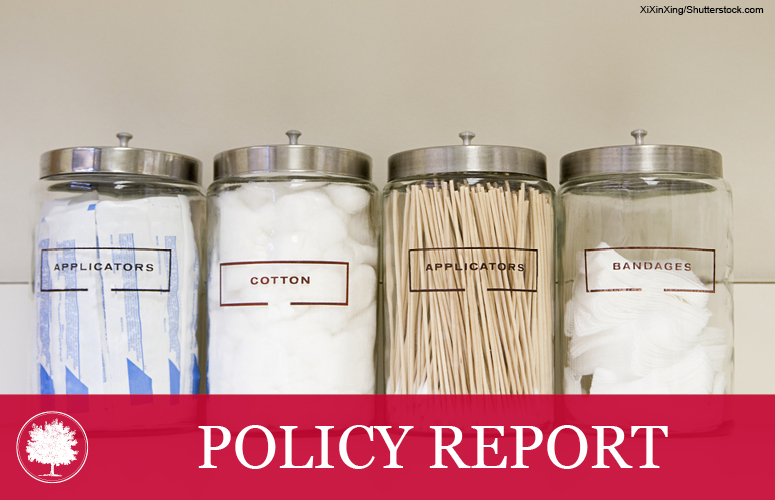Expanding Access to Healthcare in Ohio
Nov 30, 2015
By Tom Lampman
Summary
Ohio faces a shortage of affordable healthcare providers. The U.S. Department of Health and Human Services has designated 133 “healthcare shortage areas” in Ohio, affecting over 12.2 million people.[1] Healthcare shortage areas have less than one doctor for every 3,500 people and cannot ensure dependable access to healthcare.[2] Medicaid and other government programs promise more “healthcare coverage” by offering government- backed medical insurance, but they do not address the lack of qualified medical professionals or access to medical care. In fact, some government health insurance programs merely increase the demand for healthcare without increasing the supply of caregivers—making the shortages worse.
To help narrow the growing gap between supply and demand for healthcare, Ohio should look for ways to deregulate the private sector and expand the capacity of charitable healthcare organizations and providers to care for Ohio’s neediest communities. State policymakers should relax limits on out-of-state medical volunteers, remove red tape restrictions on certified nurse practitioners, and create incentives for more medical professionals to volunteer their time in underserved areas of the state.
Click here to download the full report: Expanding Access to Healthcare in Ohio
1. U.S. Department of Health and Human Services, “Designated HSPA Sta s cs,” Health Resources and Service Administra on, accessed September 17, 2015, http://datawarehouse.hrsa.gov/tools/hdwreports/reports.aspx.
2. U.S. Department of Health and Human Services, “Shortage Designa on: Health Professional Shortage Areas & Medically Underserved Areas/Popula ons,” Health Resources and Service Administra on, accessed September 17, 2015, h p://www.hrsa.gov/shortage/index.html.
